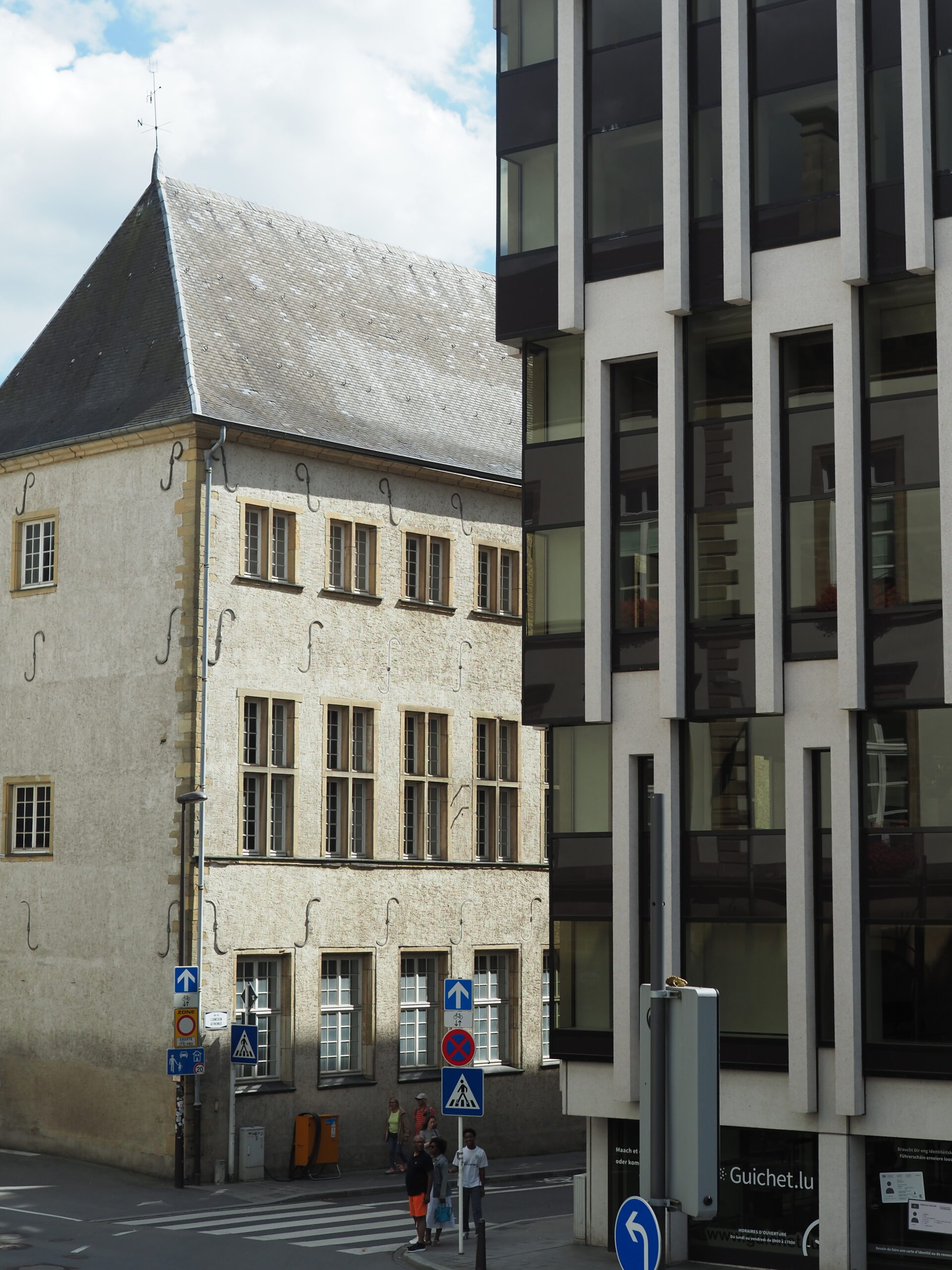

we were quite impressed by the topography of the city when we arrived. the ‘oberstadt’ lies on a cliff surrounded by a green canyon on a slope of the river alzette. we immediately noticed that there is no real infrastructure for cyclists, which might be because of the city’s hilly region, so no one cycles.

we stayed three days in a nice airbnb in a quiet part of the city with a good view over it. 70% percent of the population is not luxembourgish and on the weekend the city shrinks by half. that is because people come to work to in the small country. in the 20s luxembourg became neutral and decided on some important financial laws, which made it a safe haven for the finance sector.




we were impressed by how great daily life and world heritage harmonize. the ‘oberstadt’, which is the old town implemented the daily life as well as the tourist attractions. but that might also be, because of the mixed population, you can’t really tell who is a tourist and who is working here.

what we especially loved was the pfaffenthal lift, which is an infrastructure and tourist attraction at the same time. it makes over 70 meters from the alzette to the oberstadt and has a platform you can view the whole pfaffenthal. also its big enough for a few bikes and further for free, like all public transport in luxembourg. the tram in luxembourg is amazing, they finished building it two years ago. it connects the kirchberg with the south.

we were invited by robert philipphart, UNESCO site manager at ministère de la culture grand-duché de luxembourg. we talked about luxembourg, its culture, inhabitants, infrastructure, heritage, and his work in the ministry and the city. we learned a lot about political work and how important empathy is: ‘don’t view the ashes, keep the flames alive’. we also learned that all luxembourgians speak at least three languages. they learn french, luxembourgish and german in school and because of internationalism, most of them also speak english. so you never know what languages you encounter, it’s always a surprise.


also, we visited the UNESCO visitor center. we got a good overview of what heritage is and the history behind the organization. the exhibition of europe was very good, it was not just about how great it is, but differentiated.



on our last day we met katherina krier, she showed us around with the perspective of a local.
